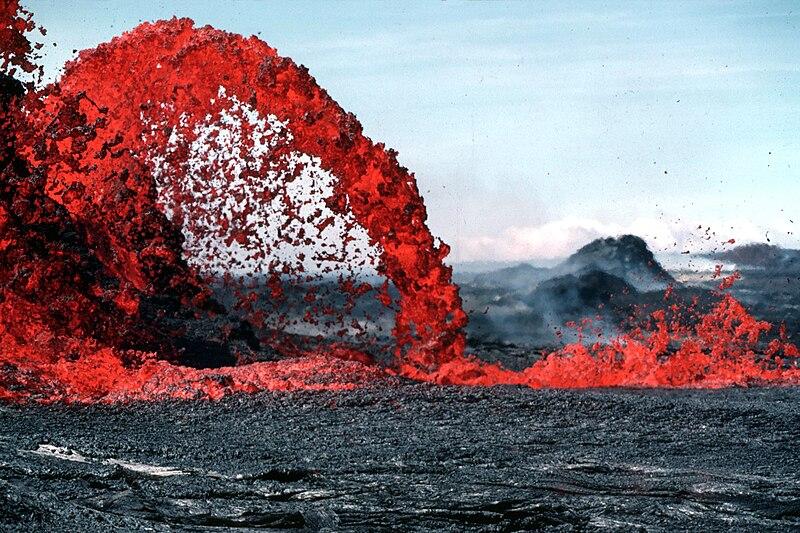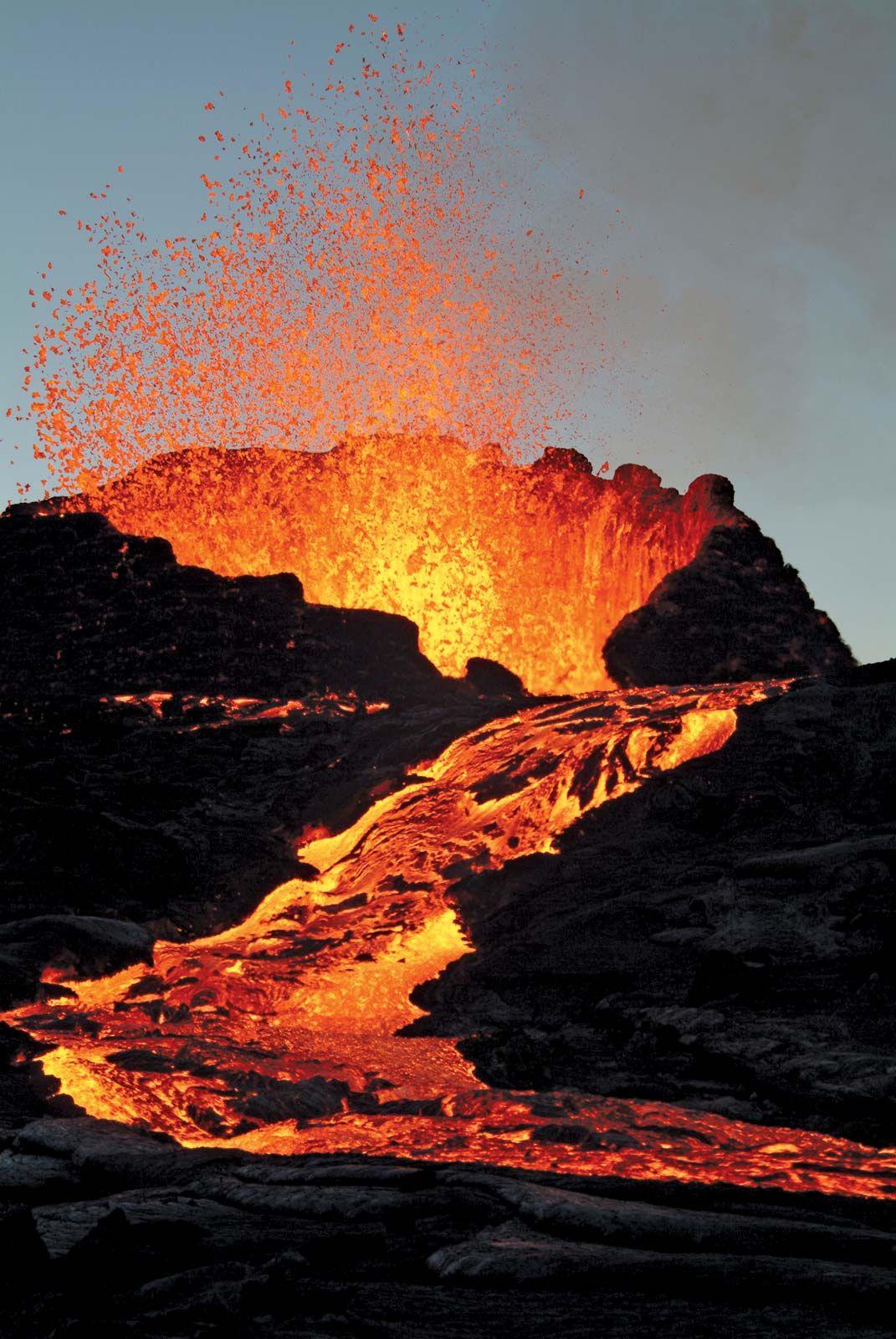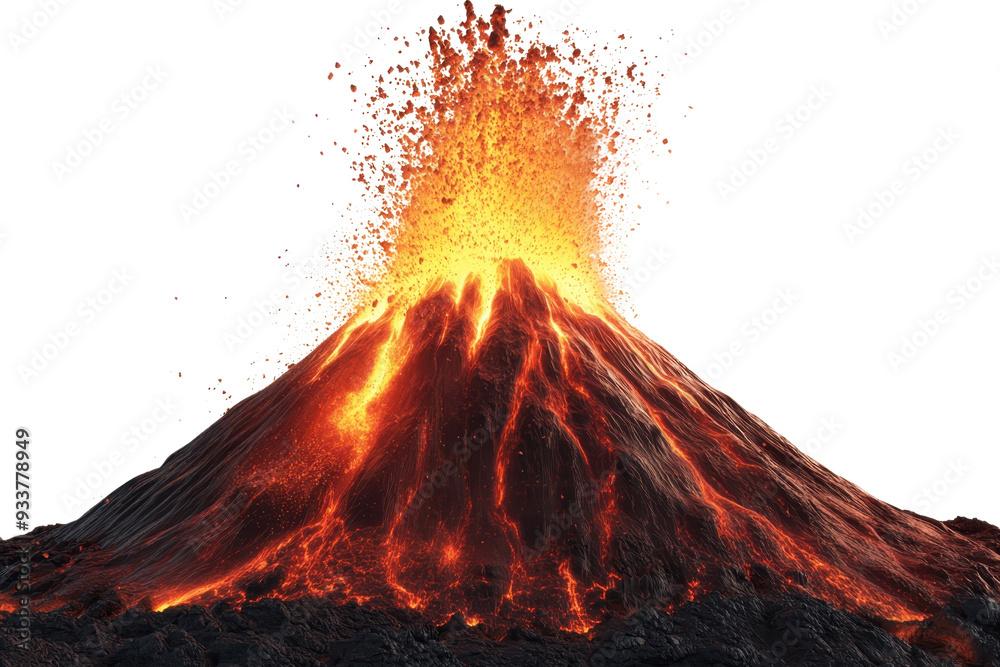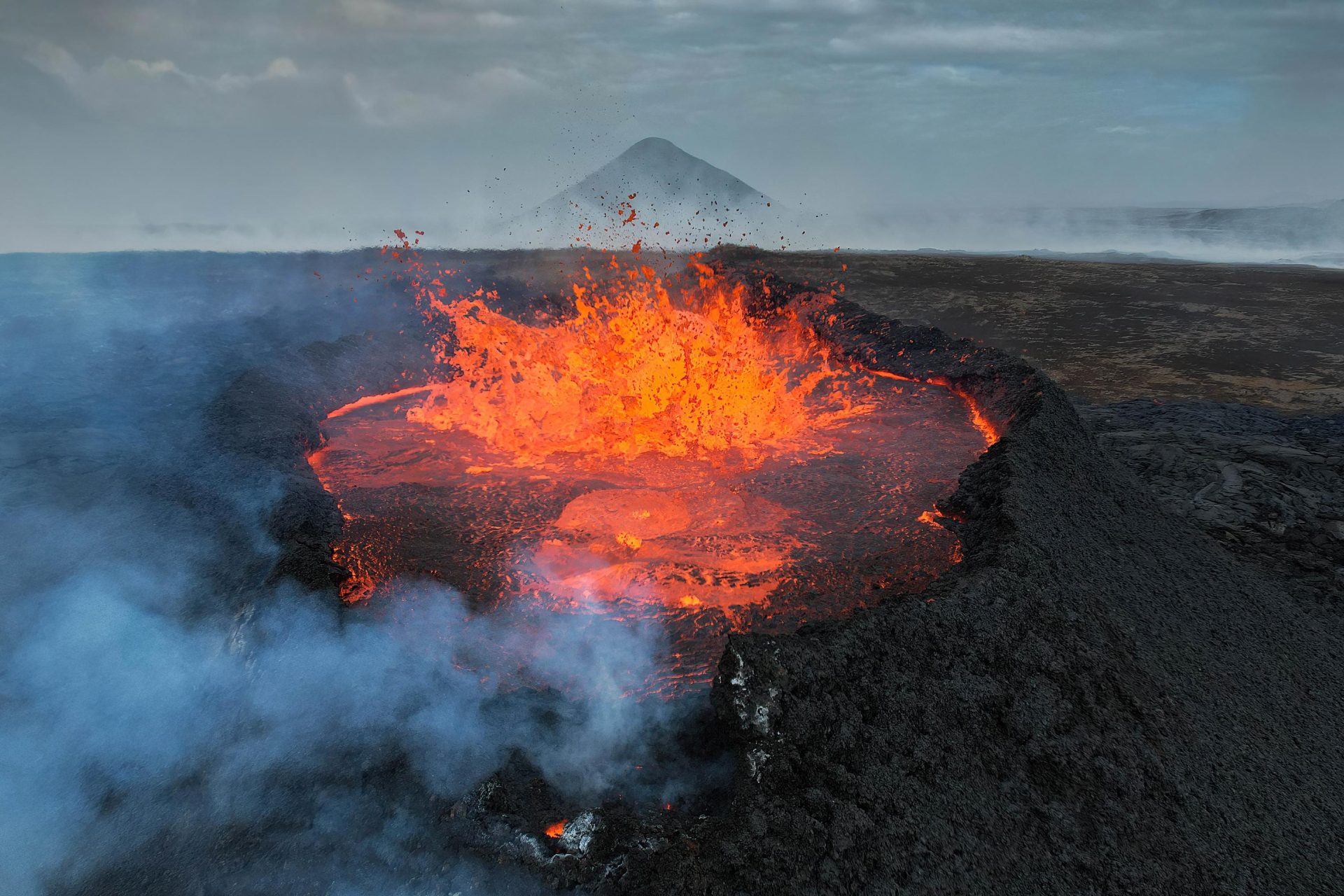Lava and Smoke Unleashed: A Volcanic Spectacle on Mount Etna
as the sun dipped below the horizon, a mesmerizing display unfolded on the flanks of the iconic volcano. Radiant red lava flowed down the slopes, contrasting sharply with the snow-covered craters, creating a surreal landscape that captivated onlookers and photographers alike. The sight provided a stunning reminder of nature’s raw power, punctuated by the billowing clouds of smoke rising high into the atmosphere, a signal of Mount Etna’s vibrant activity. this explosive spectacle not only attracted tourists and researchers but also sparked discussions on the intricate balance between beauty and danger inherent in volcanic eruptions.
The eruption showcased a plethora of vivid phenomena, including:
- Pyroclastic flows: Fast-moving currents of hot gas and volcanic matter adding to the dramatic scene.
- Volcanic ash clouds: Lingering plumes that drifted gracefully into the sky, affecting air quality and visibility.
- Crimson lava fountains: Eruptions that soared with brilliant intensity, illuminating the night sky.
Scientists observed these occurrences closely,ensuring that safety measures were in place for residents and spectators,while also gathering essential data on the volcano’s behavior. As the region celebrated this awe-inspiring yet perilous natural phenomenon,it was a moment of reflection on the Earth’s dynamic processes that shape our world.

Understanding the Geophysical Forces Behind Mount Etna’s Eruptions
Mount Etna, one of Europe’s most active volcanoes, showcases the intricate interplay of geophysical forces that drive its frequent eruptions. beneath the surface lies a complex web of tectonic activity, where the African and Eurasian plates converge. This collision creates notable stress in the Earth’s crust, leading to the formation of magma chambers filled with molten rock, which eventually makes its way to the surface.The interaction between ascending magma, volatile gases, and pressure build-ups results in explosive eruptions that can vary dramatically in intensity and style.
The eruptions themselves are a visual manifestation of these geophysical forces at play. As magma rises,gases dissolved under pressure begin to expand,producing the characteristic lava fountains and ash clouds that can considerably alter the surrounding landscape. The presence of snow at the summit further complicates the dynamics, as melting ice can lead to lahars—mud flows that carry volcanic debris down the slopes. Untamed forces like these underline the dual nature of Mount Etna: a source of destruction and a driver of regeneration, enriching the soil and shaping the landscape of Sicily. Through this dynamic geological interaction, we gain insight into the Earth’s processes and the natural rhythms that govern our planet.

Safety Precautions for Residents and Tourists Amid Volcanic Activity
As lava and smoke continue to rise ominously from the slopes of Mount Etna, residents and tourists are urged to remain vigilant and prioritize their safety. Authorities recommend staying informed about the latest volcanic activity through official channels, such as local news outlets and government advisories. It is indeed crucial that individuals understand the potential hazards associated with volcanic eruptions, which can include ash fall, pyroclastic flows, and toxic gas emissions.
To ensure personal safety during this time of heightened volcanic activity, individuals are encouraged to adhere to the following precautions:
- Stay Indoors: Limit outdoor activities, particularly during heavy ashfall, to avoid respiratory issues.
- Use Protective Gear: if venturing outside, wear masks, goggles, and long-sleeve clothing to shield against ash and debris.
- Follow evacuation Orders: In the event of an emergency, comply promptly with evacuation instructions from local authorities.
- Keep Emergency Kits Ready: Stock up on essential supplies, including water, non-perishable food, medications, and first-aid items.
- Monitor Air Quality: Stay updated on air quality indices and heed warnings about volcanic gases and potential eruptions.

Environmental Impacts: The Interplay of Lava, Smoke, and Snow on Local Ecosystems
The dynamic interaction between molten lava, billowing smoke, and the serene winter landscape of snow-covered mount Etna presents a vivid illustration of nature’s complex ecosystems. As the volcano erupts, the high-temperature lava flows rapidly down the mountainside, creating new landforms and enriching the soil with minerals. This process, even though destructive in the short term, can lead to enhanced fertility in the long run, providing a nutrient-rich surroundings for new plant species to take root. However, the immediate effects can be devastating, disrupting habitats and resulting in the displacement of countless animal species that call this region home.
Meanwhile, the smoke and ash plumes from the eruption can significantly alter local weather patterns, impacting not just the immediate vicinity but also regions far removed from the source. The release of sulfur dioxide into the atmosphere can contribute to acid rain, affecting the chemistry of local water bodies and soil, while also influencing terrestrial and aquatic ecosystems. As the snow on Mount Etna begins to melt, runoff mixed with ash and debris can lead to mudflows, further sculpting the landscape and creating unique geological formations. This intricate interplay of volcanic activity and seasonal weather underscores the necessity of understanding and monitoring these changes, as they hold the key to the resilience and adaptability of local ecosystems facing unprecedented challenges.
